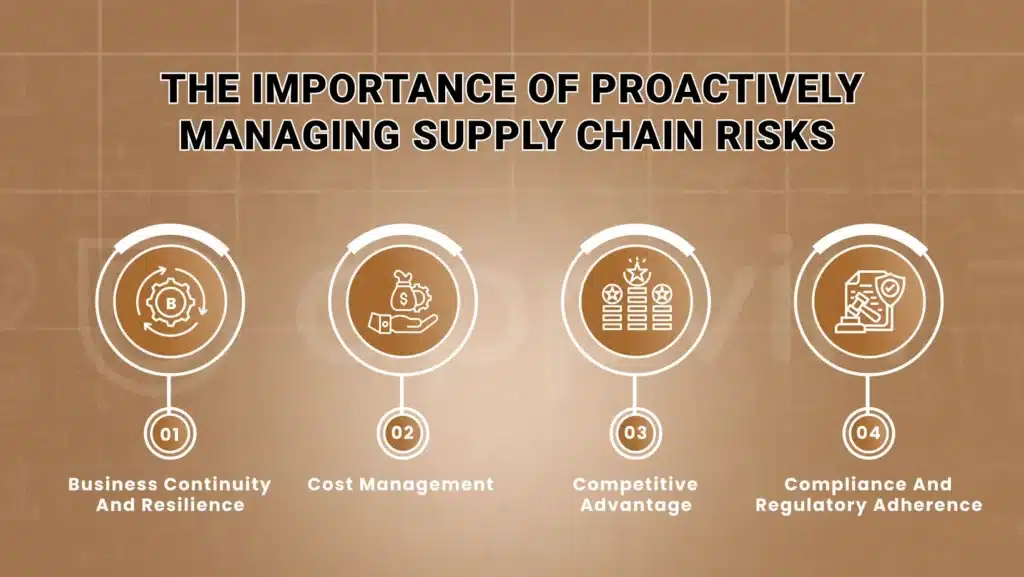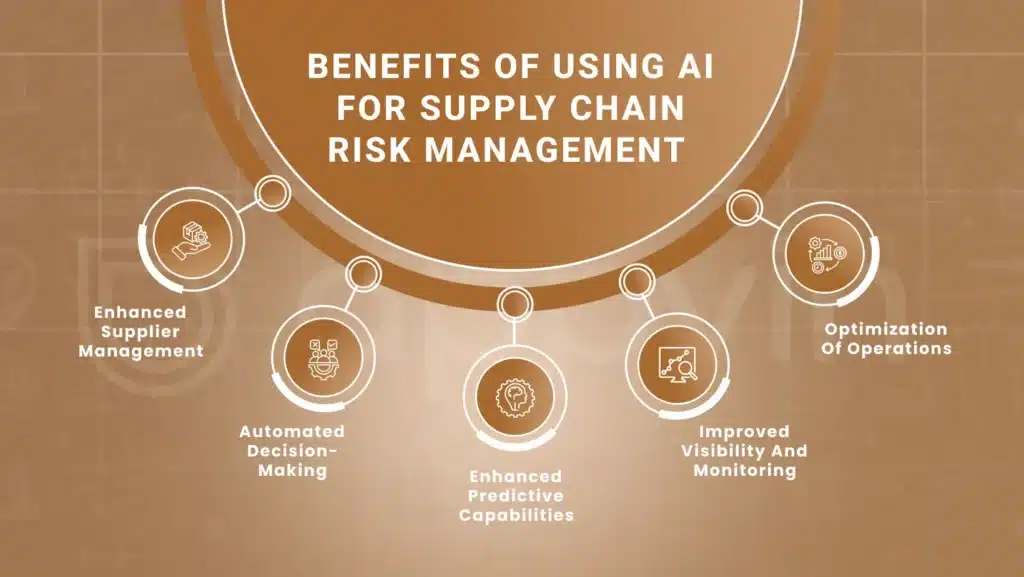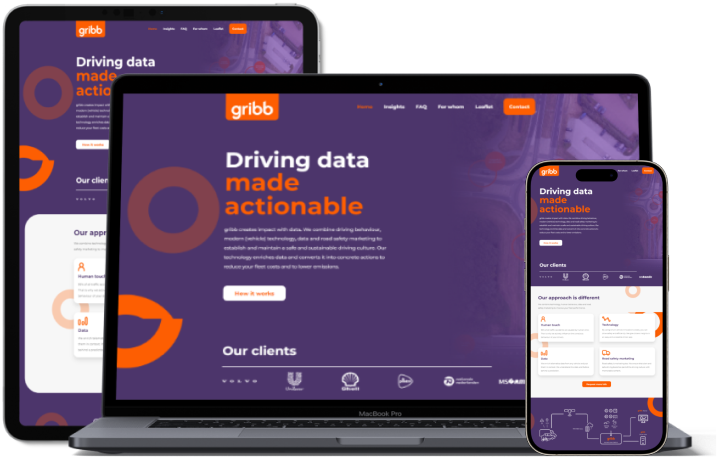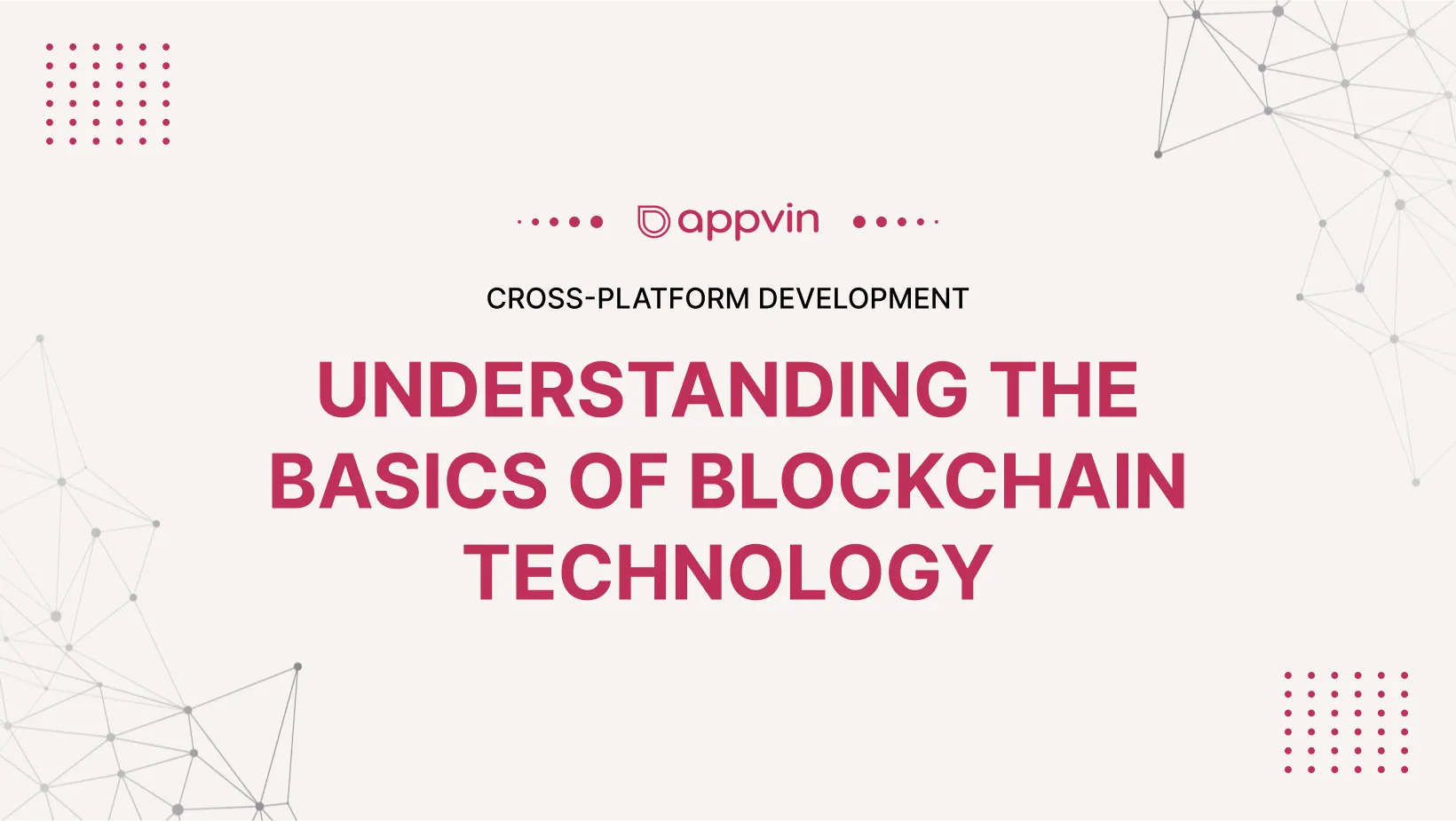Supply chain risk management uses AI to improve the strength and effectiveness of supply chains by utilizing advanced technologies. However, AI-powered solutions offer predictive analysis to predict disruptions, instant visibility to monitor operations, and optimization tools to enhance inventory and logistics management.
Moreover, by incorporating AI and machine learning in the supply chain, businesses can preemptively detect and address issues like supplier shortcomings, demand changes, and logistical obstacles. However, overcoming obstacles such as data accuracy, integration complications, and the necessity for knowledgeable staff is crucial. AI greatly enhances supply chain risk management, allowing companies to ensure continuity and stay competitive.
We’ll explore the advanced AI technologies, how AI and machine learning in supply chain improves risk, and the challenges and limitations of AI in Supply Chain Risk Management
The Importance of Proactively Managing Supply Chain Risks
Supply chain risk management is one of the most vital aspects of any business since it determines whether the business will operate continuously, be competitive, and generate a good profit. Here’s an in-depth look at why this proactive approach is essential:
Business Continuity and Resilience
Minimize Disruptions:
Realizing risks ahead means having the capacity to manage and avoid certain disruptions in organizations. The contingency plans mean that production will not stop with natural disasters, unstable political systems and even supplier bankruptcies.
Quick Recovery:
For businesses analyzing risks, the impact is less likely to put them down and they can rebound faster. Knowing strategies like supplier diversions and emergency inventories, companies can recover from operational threats much faster than dealing with risks on the fly.
Cost Management
Prevent Losses:
Working with suppliers risks production disruptions, inability to produce, meet delivery schedules or sell products. Risk management prevents losses by solving issues in advance, minimizing such losses.
Efficient Resource Allocation:
Risk assessment enables firms to direct resources effectively where most at risk in the supply chain flow.
Competitive Advantage
Reputation and Reliability:
Lack of timely delivery or substandard products damages the brand image and relationships. Proactive risk management allows constant vigil, improving reputation and customer trust.
Market Responsiveness:
Integrated supply chain risk management affects product delivery, allowing companies to adapt to market situations and customer needs quicker than competitors slowed by supply chain risks.
Compliance and Regulatory Adherence
Avoid Penalties: The risks are managed to achieve compliance with the existing rules and regulations from the local and international bodies, and there is prevention of lawsuits and fines.
Sustainability:
This is particularly the case since various policies and laws currently relate to sustainable and ethical sourcing. Such anticipatory strategies assist in maintaining standards hence playing a vital role in environmental and social responsibilities.
How AI Technology Can Improve Supply Chain Risk Management
AI and machine learning in the supply chain optimizes logistics processes and improves efficiency and cost savings. Consequently, AI and machine learning in the supply chain algorithms forecast future demand with high accuracy, enabling companies to plan inventory levels better. Automation through robotic process automation (RPA) streamlines supply chain processes, increases productivity, reduces errors, and improves operational reliability. AI and machine learning in supply chain risk management can improve these processes due to the unique features that the technology brings to the table in prediction, optimization and decision-making in real-time.
Predictive analytics and forecasting
Demand Forecasting:
AI finds patterns between past and potential future demands, adjusting stock and production schedules in advance, enabling auto ordering and scheduling.
Risk Prediction:
Weather, political, economic and social factors can be forecasted ahead of time, providing tools to avoid disruption before it occurs.
Real-time tracking and monitoring
Supply Chain Visibility:
Automation technologies give real-time access to all supply chain aspects – sourcing, manufacturing, distribution – notifying of problems on time.
Anomaly Detection:
Machine learning algorithms can identify risks in supply chain processes, recognizing anomalies like slowed operations compared to normal functioning.
Optimization and Efficiency
Inventory Management:
It is through its application that one can predict changes in demand and the right time to order more stock so that there isn’t an excess of stock or shortage.
Route Optimization:
AI and machine learning in the supply chain can also determine the best roads to choose and the duration it will take in reference to traffic hold, weather conditions and fuel cost in case the delay affects the delivery of the consignment.
Supplier Risk Management
Evaluation:
AI analysis helps identify suitable suppliers based on parameters like financial stats, delivery time, and legal compliance.
Supplier Monitoring:
AI-automated regular review of suppliers’ activities enables the detection of potential issues like insolvency or production problems beforehand.
Implementing AI Solutions in Supply Chain Risk Management
The following are some of the steps that should be adopted in the processes of implementing Artificial Intelligence solutions in supply chain risk management:
- Establish Goals and Outline Scope,
- Evaluate Skills and Requirements,
- Select AI Tools and Collaborate with Experienced Partners,
- Create a Data Strategy,
- Begin with Pilot Projects and Testing,
- Rollout and Expansion,
- Integrate with Current Systems,
- Monitor and enhance,
- Handle Risks and Adherence,
- Gain Insights from Successful Methods.
Benefits of Using AI for Supply Chain Risk Management
Here are some benefits that could be obtained from applying AI in the procurement of supply chain risk management. Therefore, productivity, resilience to risks, and competitiveness shall be enhanced. Here are the key benefits of using AI for supply chain risk management.
Enhanced Predictive Capabilities
Demand Forecasting:
AI observes past records and market trends to forecast future product demand in advance for maintaining inventories.
Risk Prediction:
Critically, weather, political or economic events can be predicted using AI models, increasing time available to mitigate potential disruptions.
Improved Visibility and Monitoring
Real-Time Monitoring:
However, AI and machine learning in the supply chain provide centralized visibility of information across supply chain stages, from raw material procurement to product delivery, enabling effective analysis and course correction.
Anomaly Detection:
AI can process supply chain metrics to discover patterns signifying high risk.
Optimization of Operations
Inventory Management:
It also prevents minor stock-out situations coupled with operations with large stock accumulation by forecasting when the demand for the products is projected to increase or decrease.
Route Optimization:
The application of proper and timely transport management by AI identifies the choices of shortest and quickest; available routes hence conserving time besides the fuel cost, especially in situations where there is traffic congestion or during the rainy season.
Enhanced Supplier Management
Supplier Evaluation:
AI can classify suppliers based on performance evaluation, financial position, and legal compliance, helping identify credible providers.
Supplier Monitoring:
AI can continuously monitor suppliers to ascertain when they fail to meet expected standards or show signs of issues like financial stress or production problems.
Automated Decision-Making
Real-Time Responses:
AI systems can make decisions based on operational data, cancelling/shifting shipping routes or changing production schedules to reduce risks.
Process Automation:
AI suits routine tasks, eliminating human error potential and increasing work efficiency.
Challenges and Limitations of AI in Supply Chain Risk Management
Implementing AI and machine learning in supply chain risk management comes with several challenges and limitations. Proposing AI-based strategies for supply chain risk management also has several challenges and limitations. However, the following are some challenges and limitations of AI in supply chain risk management.
Data Quality and Availability:
Combining different data sources and verifying data accuracy can pose challenges.
Complexity and Costs:
Significant barriers are posed by high initial costs, complex integration, and scalability issues.
Technological Challenges:
AI algorithms have restrictions, stable infrastructure is needed for real-time processing, and cybersecurity threats need to be controlled.
Organizational Resistance and Skills Gap:
It is important to overcome resistance to change and tackle the lack of skilled professionals.
Conclusion
It’s crucial to proactively handle supply chain risks for business continuity, cost control, and competitiveness. AI and machine learning in the supply chain greatly improve risk management through predictive analytics, real-time monitoring, and optimization. Additionally, Appvin’s analytics platform allows instant supply chain monitoring, inefficiency spotting, and performance improvement across areas like demand forecasting, inventory efficiency, transportation operations, and supplier monitoring to help businesses stay competitive.
FAQs
What is the importance of proactively managing supply chain risks?
It’s crucial to effectively manage risks as they can disrupt supply chains, increase costs, and require compliance mechanisms to meet requirements and remain competitive. Additionally, it assists organizations in preventing certain events by planning how to avoid them as they occur internally.
How can AI technology improve supply chain risk management?
The benefits of using AI for the supply chain include Increased forecasting ability. More observability and control. Fine-tuned process effectiveness. Enhanced supplier management. Scenario utilization. Greater automation and decision-making. Increased security. Compliance with regulations and sustainability initiatives.
Additionally, AI contributes to supply chain analytics, monitoring, anomaly identification, inventory/logistics optimization, decision automation, and cybersecurity – assisting in disruption planning, process enhancement, and quick adaptation to new conditions.
What are the steps for implementing AI solutions in supply chain risk management?
Transformation is done starting with setting clear goals, evaluating current capabilities, selecting the right AI technologies and partners, and designing a data management plan. Moreover, selecting the first projects for AI adoption, gradually increasing the size of deployment, integrating with existing IT systems, monitoring the AI’s effectiveness, managing risks, and learning from successful AI cases.
What are the benefits of using AI for supply chain risk management?
The benefits of using AI for the supply chain include Increased forecasting ability. More observability and control. Fine-tuned process effectiveness. Enhanced supplier management. Scenario utilization. Greater automation and decision-making. Increased security. Compliance with regulations and sustainability initiatives
What strategies can be used to address the challenges of AI implementation toward Supply Chain Risk Management?
By creating a strong infrastructure, improving the quality, visibility, and accessibility of the data, encouraging a culture of change, training people to use it appropriately, adhering to the rules and regulations, human monitoring, and establishing a robust environment to maintain the trust of all stakeholders.









